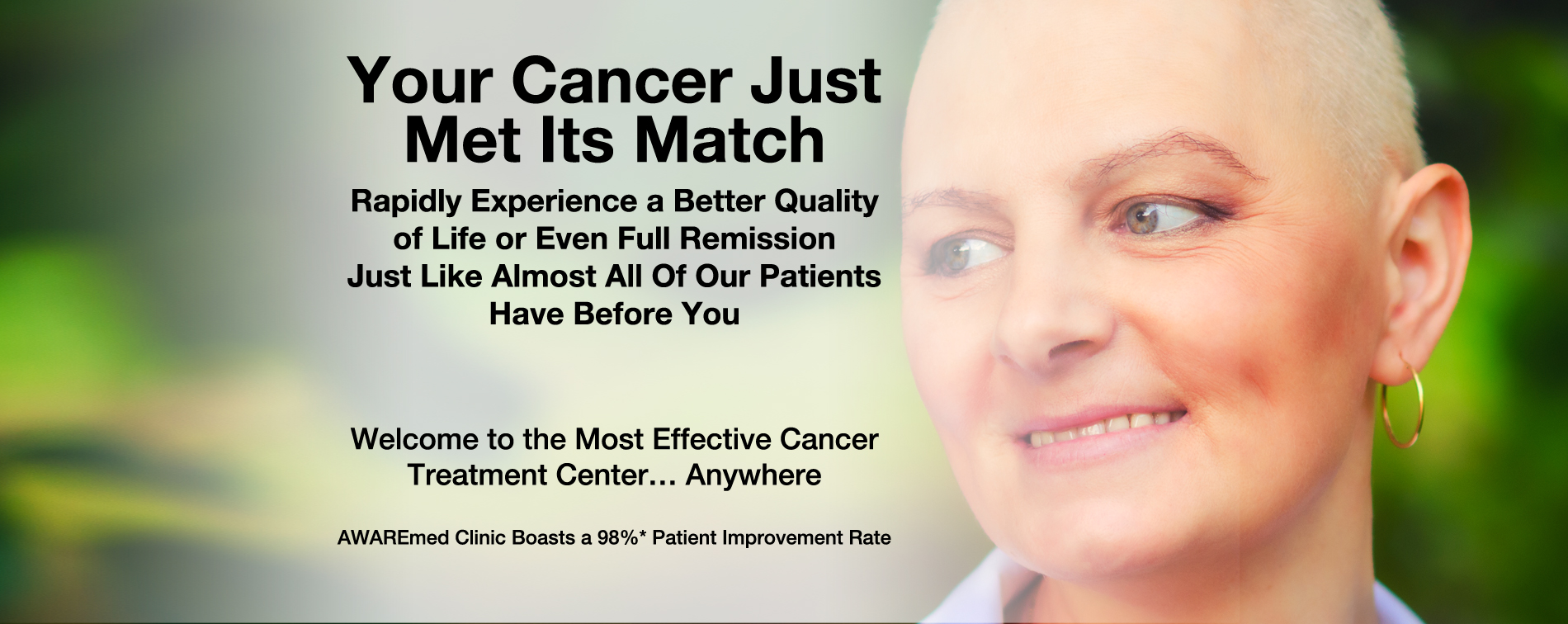Bronchial adenoma treatment
Bronchial adenoma treatment: The bronchi, trachea and salivary gland

Bronchial adenoma treatment effectiveness will depend on the stage of the tumor
Like with all other cancers, bronchial adenoma treatment will depends on the patient age, current health status, preference and the type and stage of cancer. When these conditions has been interrogated, the doctor may advice on either of the following treatment options:
Surgery. Ordinarily, this is the main treatment for bronchial adenomas. The surgeon will remove the cancer alongside some of the tissue around it. In the process, the lymph nodes around the tumor may also be removed to stop the disease from spreading further.
Radiation. This treatment uses high-energy X-rays to kill cancer cells. Radiation relieve symptoms and help the patient to feel better. This may also be done after surgery primarily to kill any remnants of cancer cells. The radiation can be done using external machine or by implanting a tiny radioactive pellet next to the tumor. The doctor will in a few days’ time remove the foreign elements from the patient’s body. As you go through this, it is important to note that radiation can come with some side effects like:
- Sore throat and mouth
- Skin redness in the treated area
- Shortness of breath
- Fatigue
- Cough
The good news with all these is that all the safe effects will disappear the moment treatment is done with. And as human, we will always have our fears. These can cause anxiety which are not good during treatment. Therefore to be face you may want to call (843) 2131480 or contact Dr. Dalal Akoury on Facebook, LinkedIn directly for a one on one input.
Chemotherapy. Chemo uses drugs to kill cancer cells all over the body. It is done through a vein (IV) or as a pill. The administration of chemotherapy may be done alongside other treatments if the tumor has spread to other body organs. It can also be done after the surgery to kill any remaining cancer cells. The side effects may include:
- Nausea and vomiting
- Loss of appetite
- Increased risk of infection
- Hair loss
- Fatigue
- Diarrhea
Immunotherapy. This treatment uses medicine to boost your immune system’s ability to find and destroy cancer. Immunotherapy can shrink tumors or stop their growth.
Targeted therapy. These treatments look for proteins or genes that are unique to your cancer, and that help it grow. Then it targets those substances to stop the cancer from spreading.
Bronchial adenoma treatment: Support and Expectations
Finally, during bronchial adenoma treatment remission is possible. Despite this, it is still likely that the bronchial adenomas can resurface even after they are treated through a process known as recurrence. You will need to keep consulting with your doctor so that if the cancer returns, the same or a new treatments option may be administered to stop its spread. This can be very stressful. To help address this, share openly with you professionals like your doctors, nurses, and the other members of your treatment team. A therapist, psychologist, or counselor can help you get through some of the concerns and emotions you may feel.
Bronchial adenoma treatment: The bronchi, trachea and salivary gland





